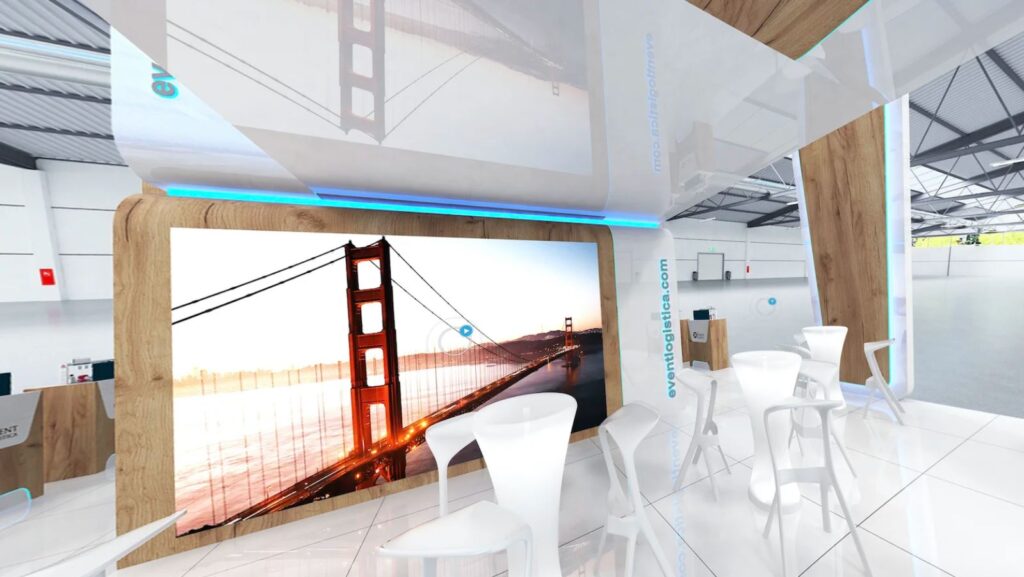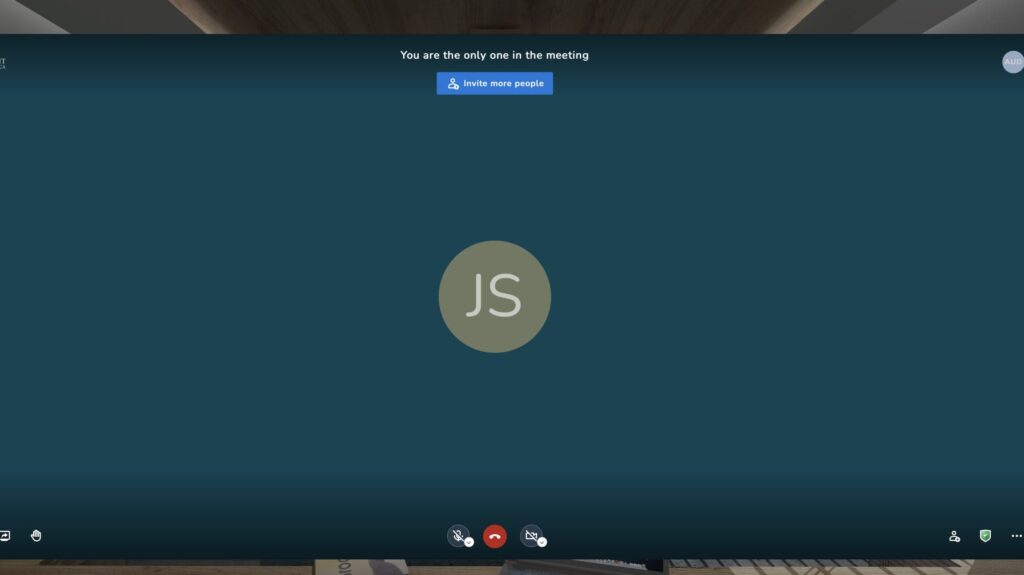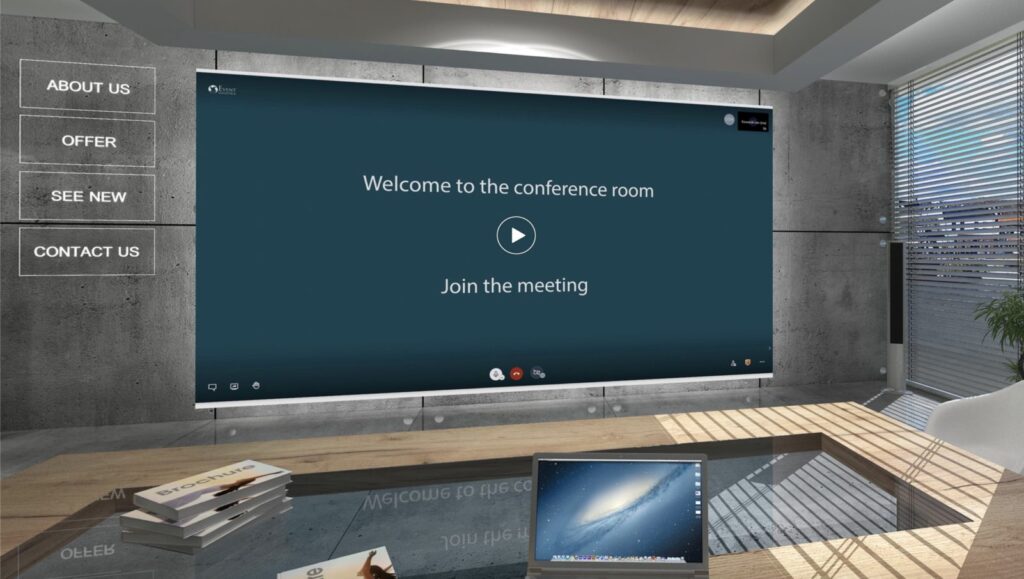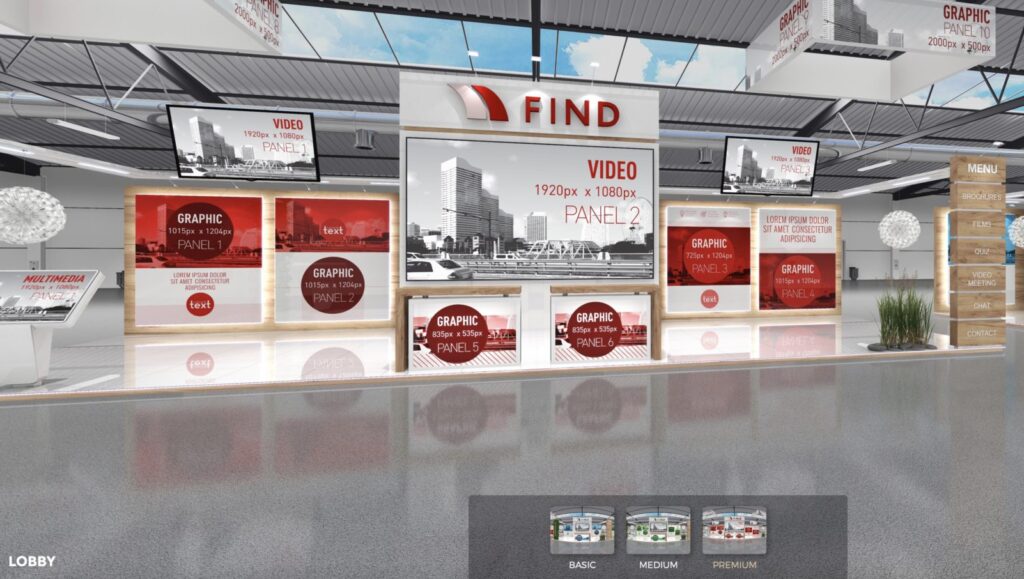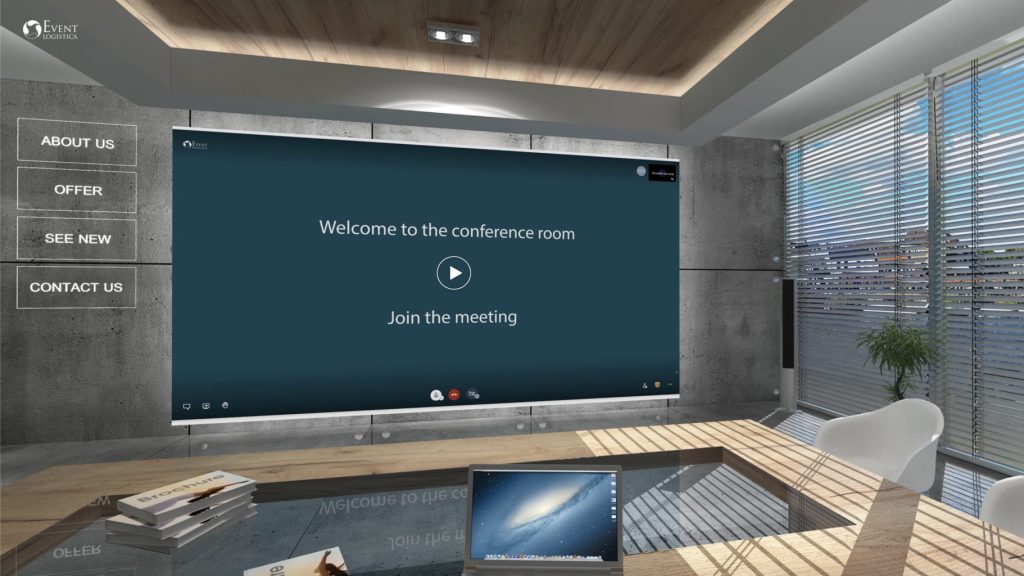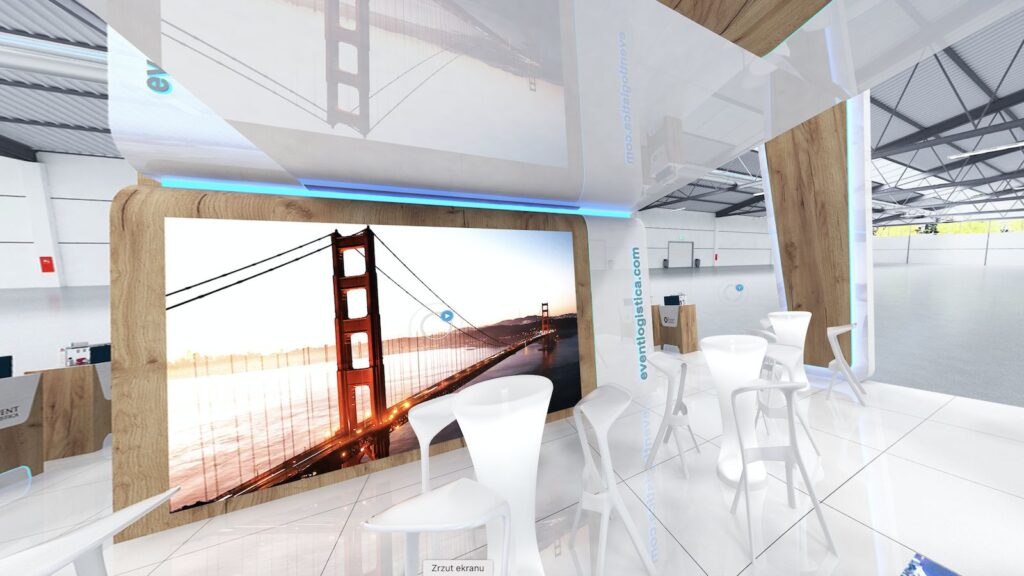The equivalent of traditional fairs are virtual fairs or digital fairs. Online fairs are a new, rapidly developing form of organizing exhibition events. Participation in this type of event is beneficial and convenient for exhibitors, but requires prior preparation.
What is worth remembering when choosing a virtual fair
- Check the technical requirements – the most important condition for the success of your virtual trade fair for your target group are the technical requirements. During an online event, dwell time is the currency. Don’t try to achieve this with a long page load time. We know perfectly well that if the page does not load immediately, the recipient is looking for an alternative. Therefore, it is worth testing the entire process in advance with all eventualities. A good trade fair and event platform is characterized by easy operation and short loading times. Therefore, check beforehand:
- Does live chat work?
- Can I download documents from the site?
- Are all the elements on the page properly connected to each other?
- Think about the mobile environment. The biggest advantage of virtual events compared to real events is the independence of time and place. Use this advantage of virtual trade fairs to enable your group of customers a virtual solution anywhere and anytime on a smartphone and tablet.
- Make sure your virtual fair is interactive. In addition to well-known multimedia content, use the features of your virtual event platform to keep your audience engaged until the very end.
- Provide your audience with a live chat for questions that arise so you can exchange ideas with your visitors
- Integrate clients with what is happening during the presentation. Let them participate in live polls
- Make a good impression at online fairs. Design both a virtual exhibition stand and stages for conferences or online meetings in a transparent way for visitors.

